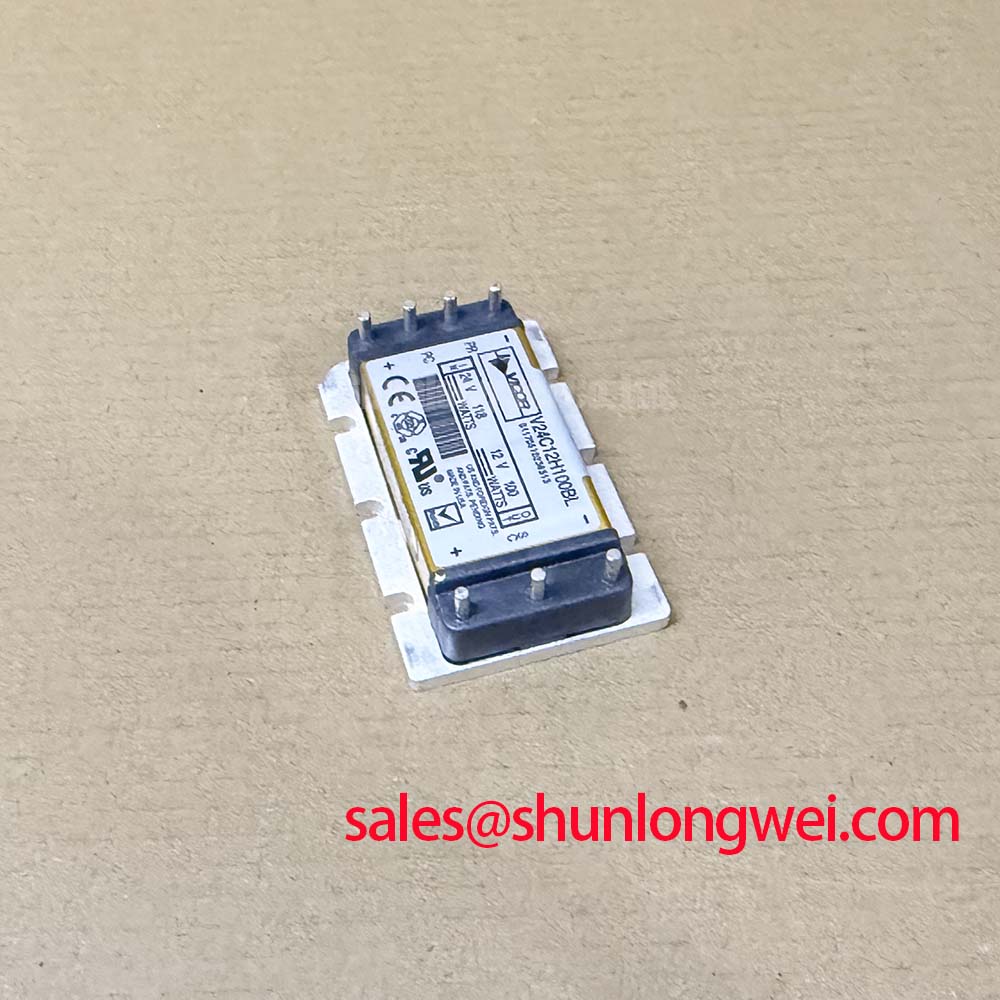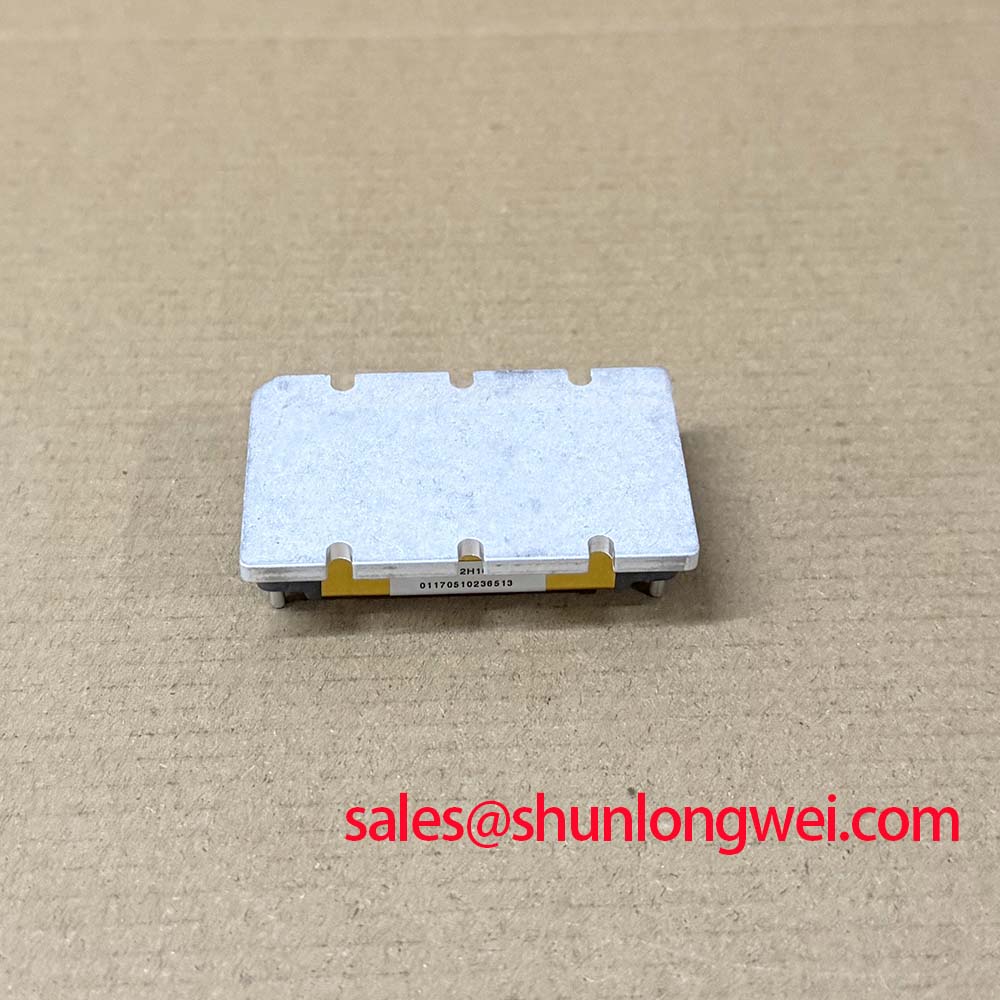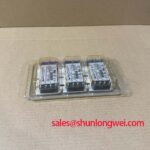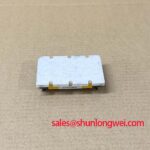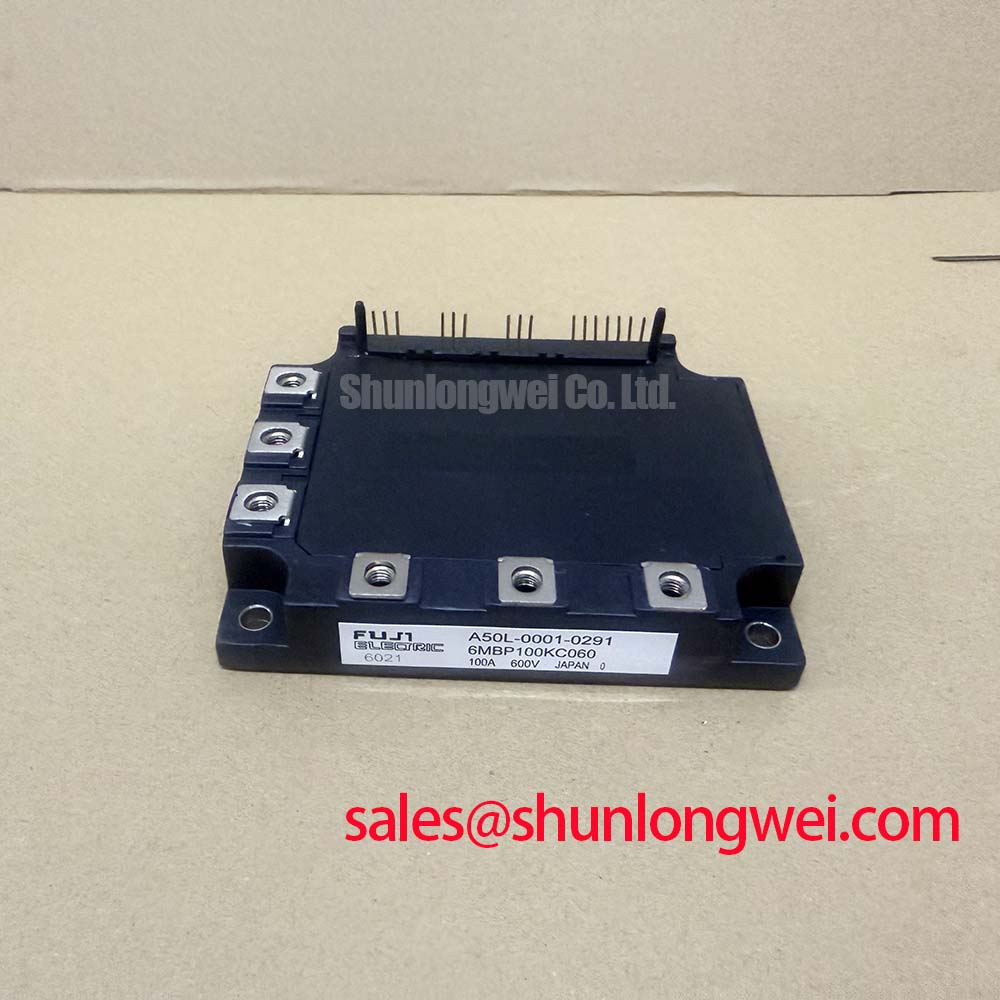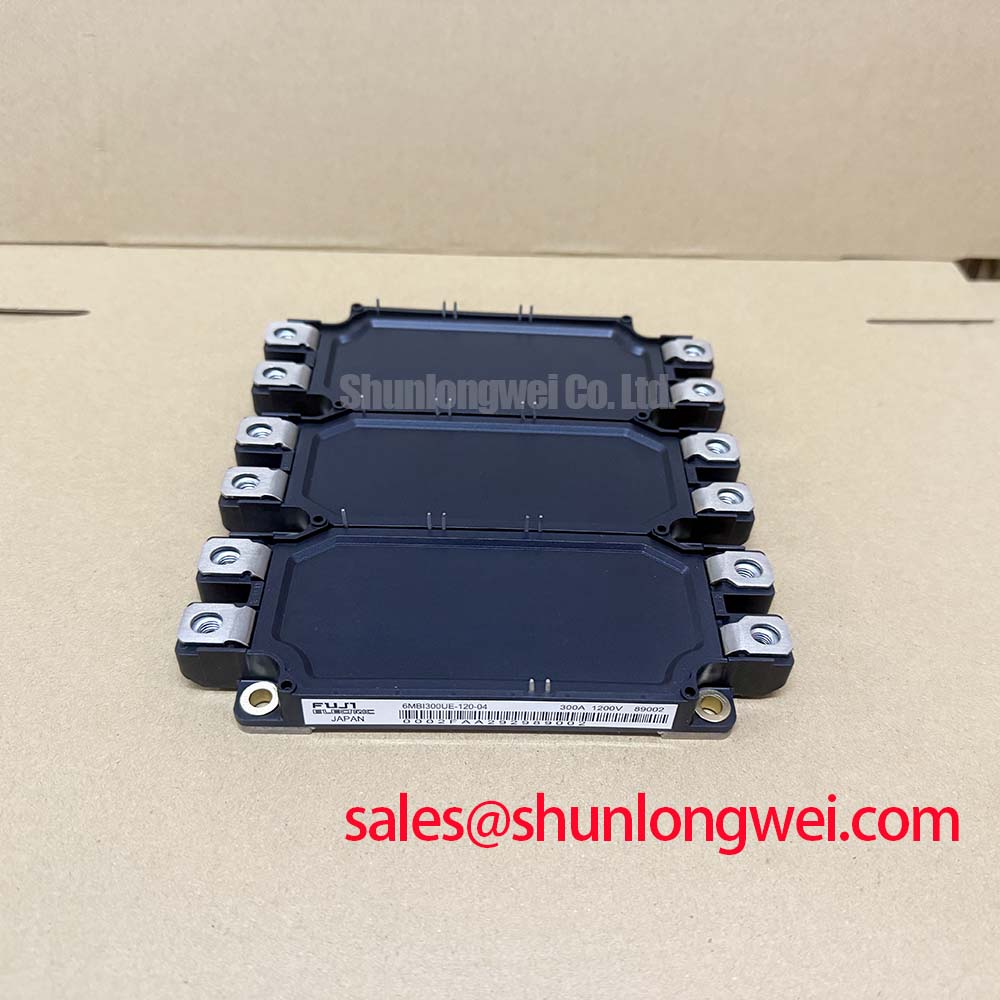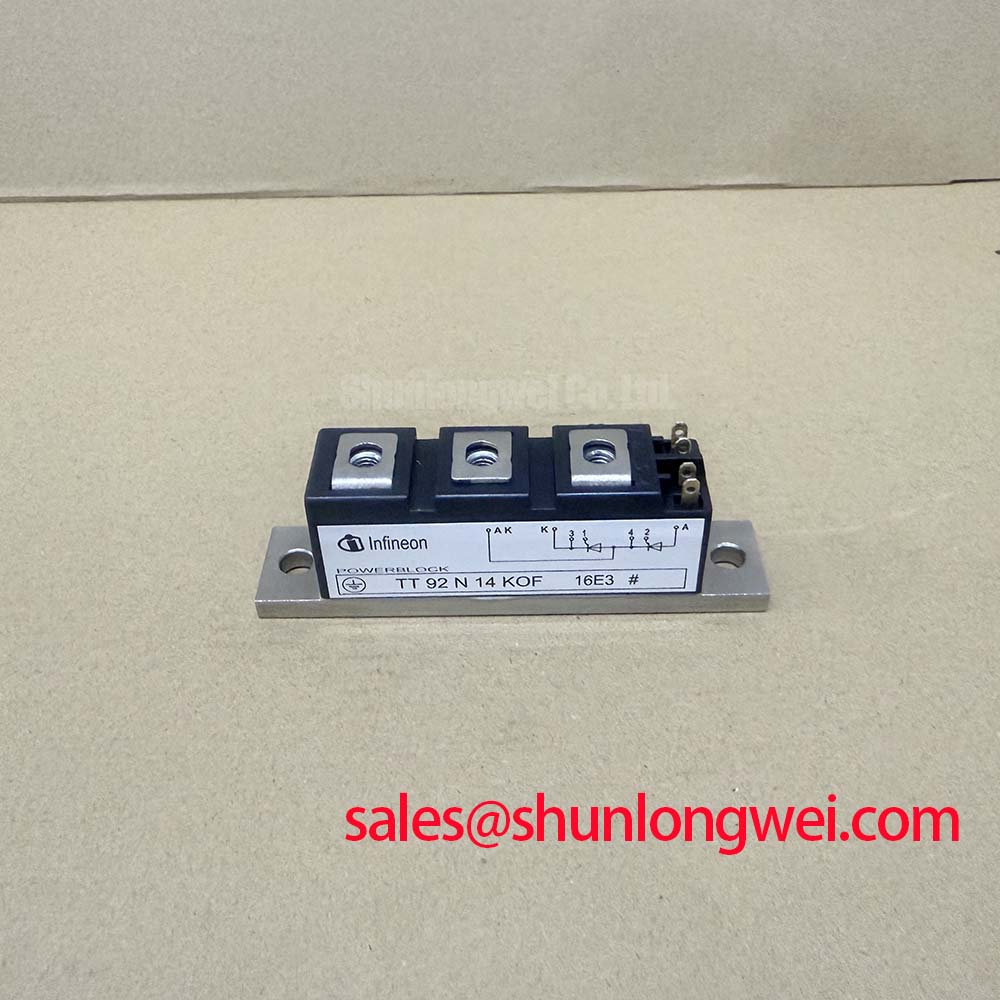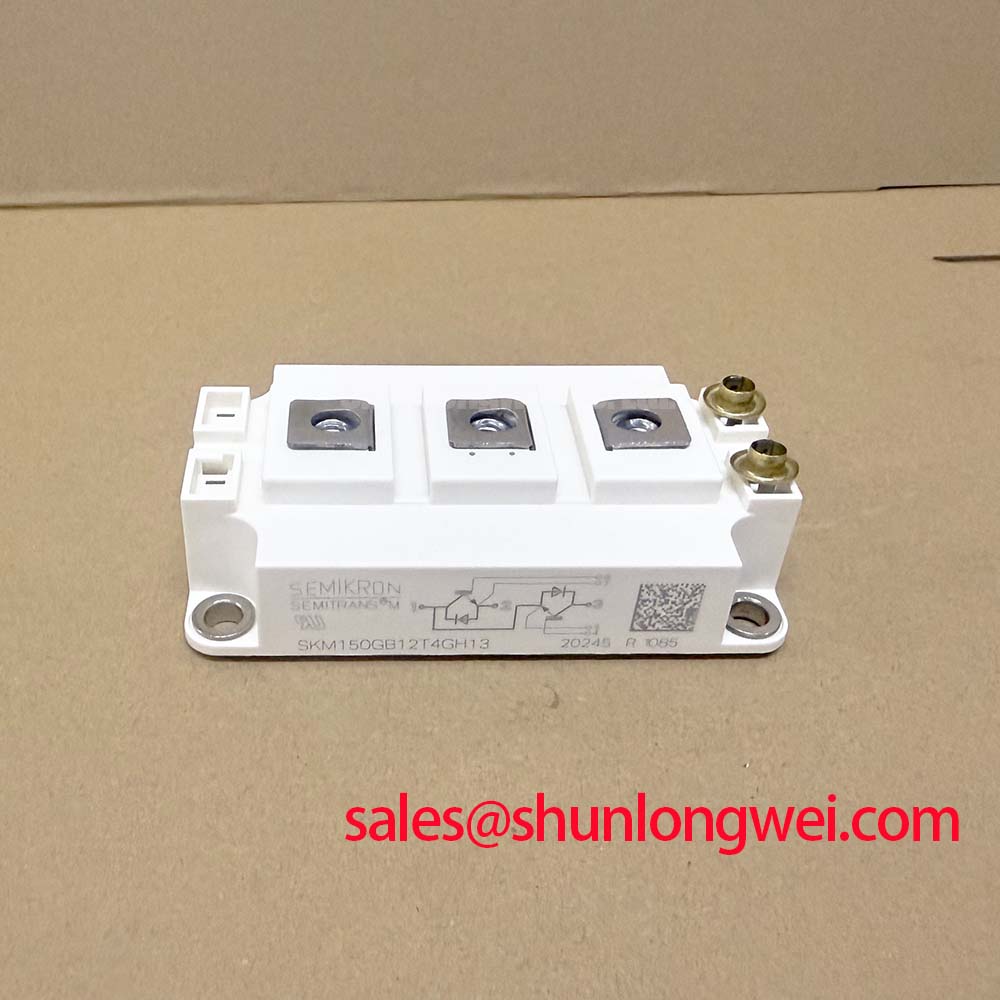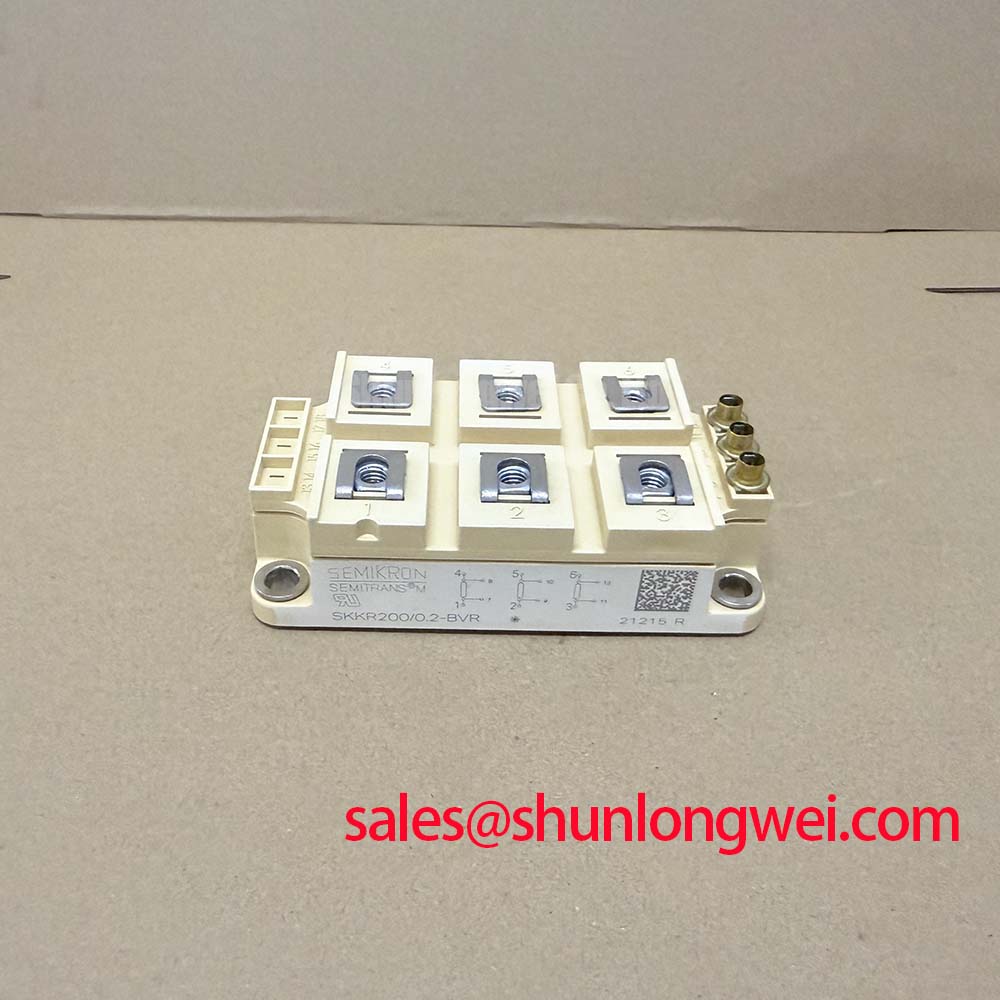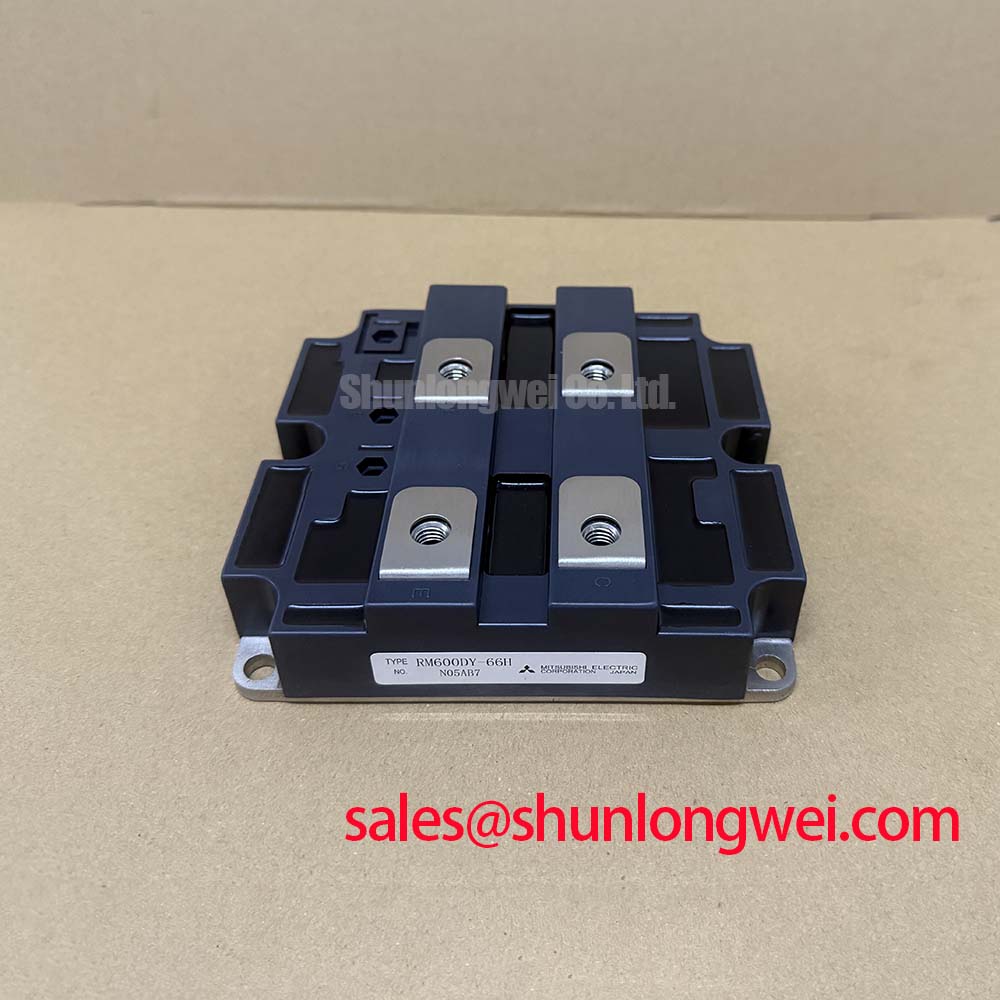Vicor V24C12H100BL: 100W DC-DC Converter | 24V to 12V
Streamlining Power System Design with High-Density Conversion
The Vicor V24C12H100BL DC-DC converter module is engineered to accelerate system design by delivering robust power conversion in a highly compact package. It addresses the growing need for precise point-of-load regulation in distributed power architectures by incorporating remote sense and trim functions, which simplifies compensation for voltage drops in system wiring. By integrating these capabilities into a single, agency-approved component, it significantly reduces design complexity and time-to-market for demanding industrial and telecommunications equipment.
- Top Specs: 18-36V Input | 12V Output | 100W Power
- Key Benefits: Maximizes board space; simplifies safety certifications.
Deploying Power with Ease: Key Application Arenas
The inherent design features of the Vicor V24C12H100BL make it a valuable asset in systems where space, reliability, and development speed are primary engineering drivers. Its wide input range provides resilience against voltage sags and swells common in battery-powered or industrial bus environments. This characteristic, combined with its high power density, facilitates its integration into a variety of sophisticated electronic systems.
- Industrial Automation: Powering PLCs, sensors, and control interfaces within crowded DIN rail cabinets or robotic arms where minimizing component footprint is essential.
- Telecommunications Infrastructure: Providing isolated, regulated 12V power for remote radio heads, base station subsystems, and networking hardware from a nominal 24V bus.
- Defense and Aerospace: Suitable for ruggedized vehicle electronics, C4ISR systems, and avionics that require dependable power conversion from a wide-input DC source. What simplifies system compliance? It carries safety recognitions from UL, CSA, TÜV, and VDE.
For space-constrained industrial controls with a fluctuating 24V bus, the V24C12H100BL’s 18-36V input range and high power density make it a superior choice for point-of-load conversion.
Datasheet at a Glance: Parameters for Simplified Design
The specifications of the V24C12H100BL are tailored to support straightforward implementation. Instead of requiring designers to build complex discrete solutions, this module provides a proven, pre-certified power conversion block. For a comprehensive list of specifications, please Download the Datasheet.
| Parameter | Value |
|---|---|
| Input Voltage Range | 18 – 36 VDC |
| Output Voltage | 12 VDC |
| Output Power | 100 Watts |
| Efficiency (Typical at Full Load) | 88% |
| Isolation Voltage (Input to Output) | 3000 Vrms |
| Package Dimensions (Micro) | 2.28” x 1.45” x 0.5” (57.9 x 36.8 x 12.7 mm) |
Understanding Key Specifications
Power Density: The module’s ability to deliver 100W from a package smaller than a credit card is a critical enabler for modern electronics. Achieving high power density is like packing the engine of a sedan into the chassis of a compact car—it delivers substantial capability without demanding a large footprint, simplifying the entire mechanical layout. How does the V24C12H100BL save board space? It delivers 100W in a compact 2.28” x 1.45” micro package.
Wide Input Range: The 18V to 36V input window allows the module to maintain a stable 12V output even when the source voltage is unstable. This tolerance simplifies the design of the front-end power stage and enhances system reliability, a key concept in preventing power-related failures.
From Concept to Reality: Integration in Action
A control systems integrator was tasked with upgrading a legacy manufacturing robot. The original design used a bulky, central power supply with long cable runs to various motors and sensors, resulting in significant voltage drop and inconsistent performance. By decentralizing the power architecture and placing a Vicor V24C12H100BL directly at the robotic arm's joint, the team provided clean, regulated 12V power for local controls. The module's remote sense feature was used to ensure the precise voltage was delivered to the load, compensating for any remaining drops and dramatically improving the system's accuracy and response time.
Aligning with Modern Power Architectures
The adoption of Distributed Power Architectures (DPA) is a defining trend in complex system design. Instead of a single, large power supply, DPA utilizes a main bus voltage with smaller, point-of-load (PoL) converters. This approach improves efficiency, enhances thermal management, and increases modularity. The V24C12H100BL is an exemplary component for DPA, acting as a high-performance building block that provides the final, isolated conversion step with minimal engineering overhead. Its integrated nature and safety approvals allow design teams to focus on system-level functionality rather than the intricacies of power supply design.
Core Technologies that Accelerate Development
At the heart of the Vicor V24C12H100BL is a high-frequency, zero-current switching (ZCS) topology. This advanced switching method is key to its high efficiency and power density. Unlike traditional hard-switching converters that suffer from high switching losses, ZCS minimizes these losses by activating the power transistors when the current through them is zero. This reduction in wasted energy, which would otherwise be dissipated as heat, allows for a smaller heatsink and a more compact overall module. This technological advantage translates directly into a simplified thermal management strategy for the end-user, further streamlining the system integration process. For systems that require higher power levels, designers might also evaluate components like the BSM200GB120DN2, which handles significantly more current.
Data for an Informed Integration Decision
When evaluating DC-DC converters, engineers must weigh multiple factors beyond the primary voltage and current ratings. The following table provides a factual comparison based on parameters that directly influence system integration complexity and cost. This data is intended to support an informed decision-making process.
| Feature | Vicor V24C12H100BL | Generic Discrete Solution |
|---|---|---|
| Power Density | High (100W in ~3.3 in²) | Low to Medium (Requires larger PCB area for components) |
| Safety Certifications | Pre-certified (UL, CSA, TÜV, VDE) | Requires full certification at the system level |
| Design & Test Time | Minimal (Proven module) | Extensive (Component selection, layout, stability testing) |
| Integrated Functions | Remote Sense, Output Trim | Requires external op-amps and feedback circuitry |
Frequently Asked Questions
The PC (Primary Control) pin is used for turning the module on and off remotely. The SC (Secondary Control) pin is the trim input, allowing the user to adjust the nominal 12V output voltage up or down, typically within a ±10% range.
To adjust the output voltage, a resistor is connected between the SC pin and either the +Sense or -Sense pin. Connecting the resistor to the +Sense pin will trim the voltage up, while connecting it to the -Sense pin will trim it down. The exact resistor value needed is specified in the official datasheet application notes.
In a convection-cooled or sealed environment, the module's maximum output power must be derated based on the ambient temperature. The datasheet provides specific derating curves that show the maximum allowable output power versus ambient temperature and baseplate temperature. A heat sink is typically required to maintain the baseplate temperature below its maximum rating of 100°C.
Yes, the V24C12H100BL is an isolated DC-DC converter. It provides an input-to-output isolation of 3000Vrms, making it suitable for applications that require safety separation between the primary input bus and the secondary load circuitry.
As electronic systems continue to increase in complexity and shrink in size, the value of integrated power components becomes paramount. Modules like the Vicor V24C12H100BL represent a strategic shift, enabling engineering teams to abstract away the complexities of power conversion and focus on delivering core product innovation. By leveraging such pre-engineered solutions, companies can achieve faster development cycles and build more reliable, compact, and efficient end products, positioning themselves competitively for future market demands. For a deeper understanding of power component selection, exploring resources on the differences between major power semiconductors can provide valuable context.



